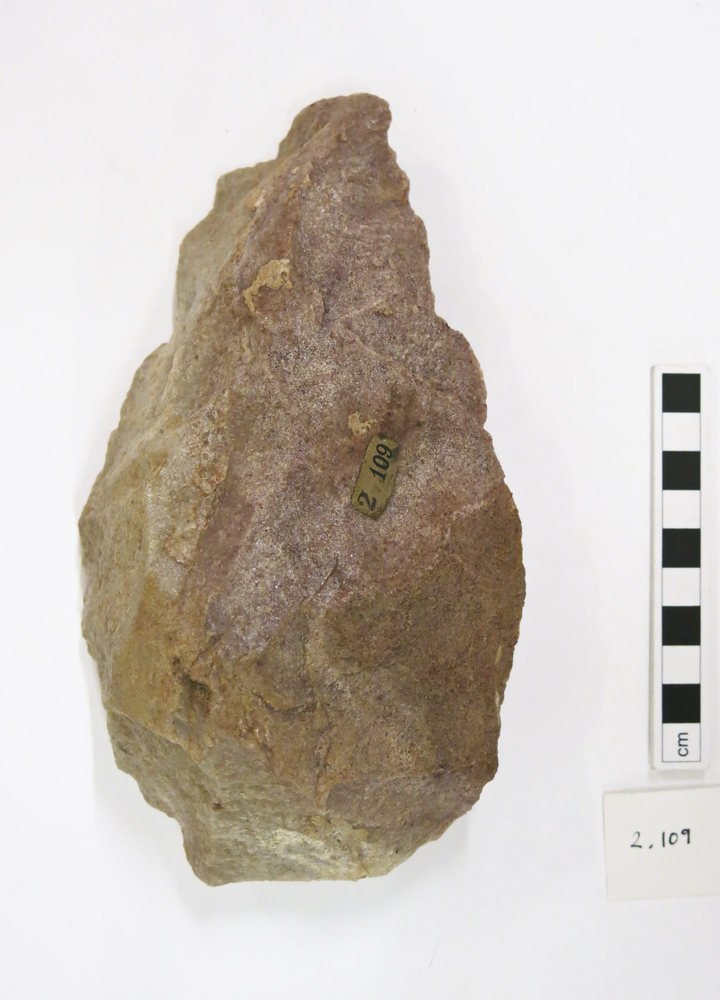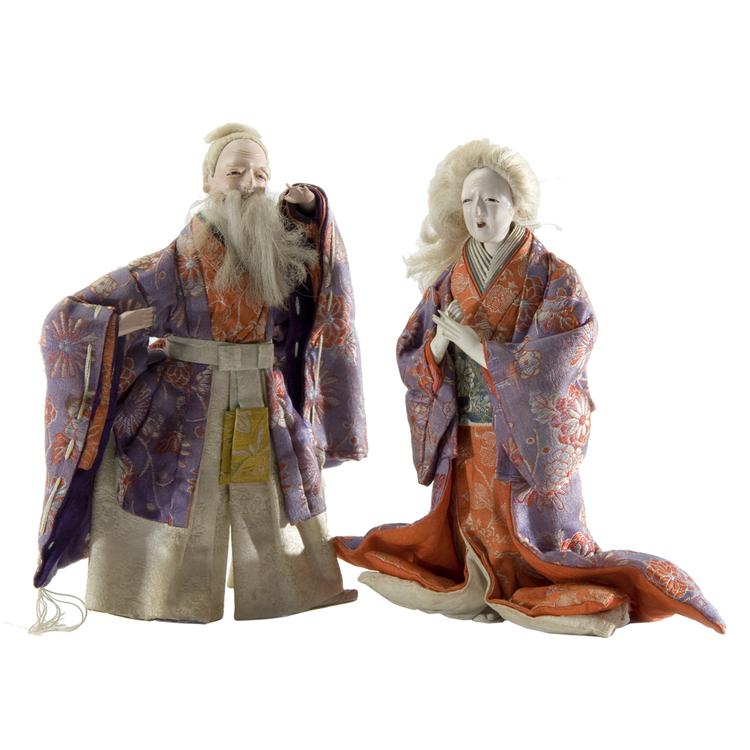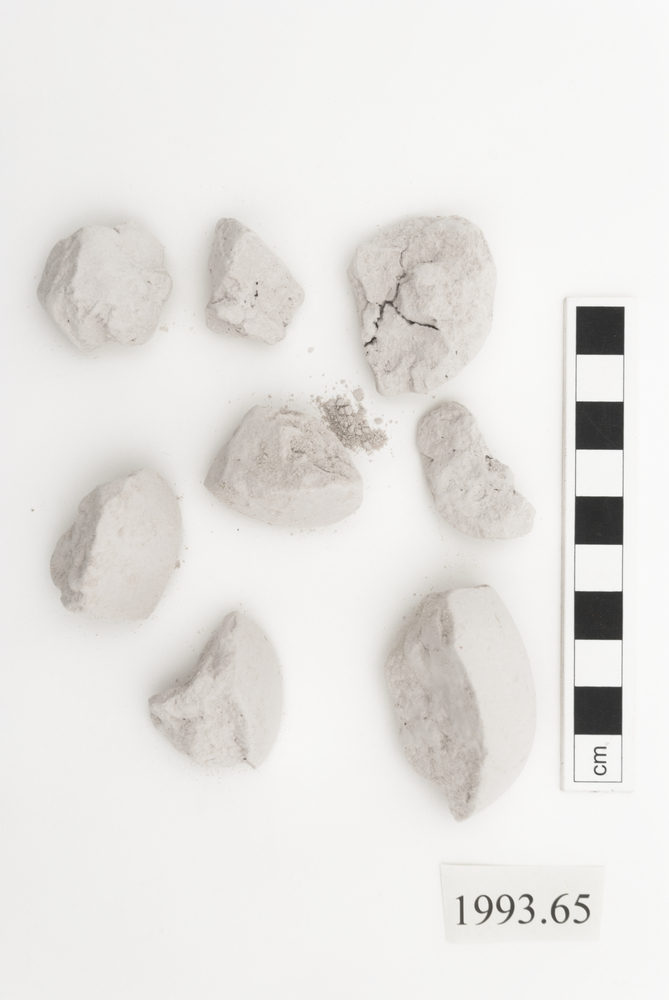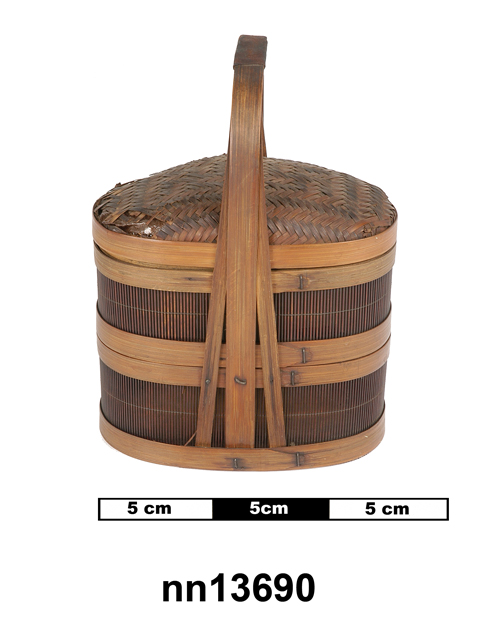Ceremonial staff of a Lamo warrior, indicating that the owner has taken a human life. The staff is made from Casuarina wood and inlaid with chambered Nautilus shell. The knobbed head is wrapped in split and dyed cane fibre and 2 strings of Western, white, glass, trade beads suspend the upper incisor of an adult human being- presumably a victim of the former owner.
Warrior’s Ceremonial Baton Back-Pendant, Fou’atoleeleo, Kwaio people, Malaita, Solomon Islands. For the Eastern Kwaio people of Malaita in the Solomon Islands, fou batons such as this were a grim and foreboding sight. The baton is finely crafted in hard laru wood (Casuarina equisetifolia), and entirely covered with the putty-like paste of the Parinarium nut. Into this paste are set many carefully cut and polished tiles of iridescent Chambered Nautilus shell. This Kwaio example has an onion-shaped knob carved in one piece with the shaft, wrapped in thin dyed strips of split bamboo. This particular example also bears a short loop of white glass Western trade beads at its base, from which hangs an adult human incisor tooth. This final element reflects the fou’s intimate relationship with the business of killing and revenge. Professional warriors (lamo) were a virtual class of their own among the Kwaio at the time this object was made and used. Fou batons served as symbols of lamo status, and were worn hanging from a neck-cord between the shoulder-blades. Only men who had taken a life in battle could claim lamo status, and wear the fou. Traditionally, a family who had lost a relative as a victim of murder would place a ‘blood bounty’ (sikwa) on the murderer’s head, usually in the form of several pigs and strings of shell money. Lamo warriors became wealthy and influential by killing such murderers, and would ceremonially present their fou baton to the family as proof that revenge had been taken. Wood, shell, Parinarium nut paste, glass. Late 19th Century. Formerly in the private collection of Sir Everard Im Thurn.







